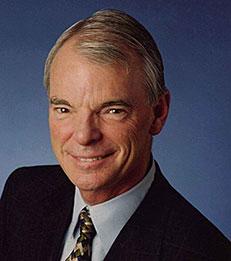Opinion
What’s Stopping Robust Recovery?
—


One reason the US recovery is only partial is fiscal drag, a lingering effect of the post-2008 downturn, ... resulting in a growing debt burden that has been addressed – controversially so – by immediate austerity.
By Michael Spence
The growth map of the global economy is relatively clear. The US is in a partial recovery, with growth at 1.5-2% and lagging employment. Europe as a whole is barely above zero growth, with large variations among countries, though with some evidence of painful re-convergence, at least in terms of nominal unit labor costs. China’s growth, meanwhile, is leveling off at 7%, with other developing countries preparing for higher interest rates.
Many advanced economies must still address the end of the pre-crisis growth pattern generated by excessive domestic demand. In such economies, that pattern not only typically depended on leverage; it also enlarged the non-tradable side of the economy and shrank the tradable side. And yet, given that the non-tradable sector is constrained by its reliance on domestic demand, recovery – if it comes – will depend on the tradable sector’s growth potential.
To realize that potential, the tradable sector has to re-expand at the margin: as a weakening currency causes imports to fall and real unit labor costs decline as nominal wages flatten out, unemployed labor and capital flow toward external markets for goods, services, and resources.
Read full article as published in Project Syndicate
___
A. Michael Spence is the William R. Berkley Professor in Economics & Business.
Many advanced economies must still address the end of the pre-crisis growth pattern generated by excessive domestic demand. In such economies, that pattern not only typically depended on leverage; it also enlarged the non-tradable side of the economy and shrank the tradable side. And yet, given that the non-tradable sector is constrained by its reliance on domestic demand, recovery – if it comes – will depend on the tradable sector’s growth potential.
To realize that potential, the tradable sector has to re-expand at the margin: as a weakening currency causes imports to fall and real unit labor costs decline as nominal wages flatten out, unemployed labor and capital flow toward external markets for goods, services, and resources.
Read full article as published in Project Syndicate
___
A. Michael Spence is the William R. Berkley Professor in Economics & Business.
